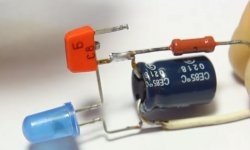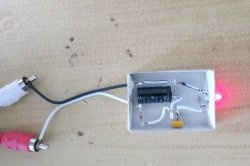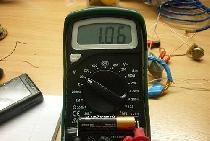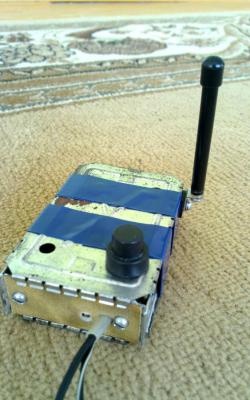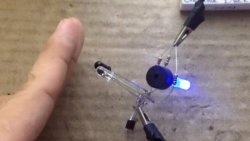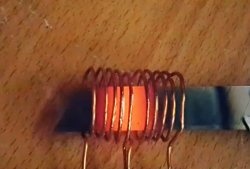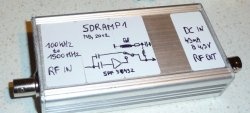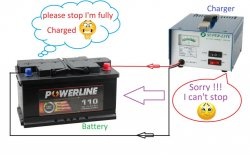
I'll show you a way to make Light-emitting diode glow without connecting wires to it. To do this, you will need to assemble a simple device using a single transistor. And you can prank your friends by showing them your magical abilities.
Scheme

Schematic diagram of one transistor. This is an almost classic high-frequency generator with an inductor and feedback.
The inductor is a wire made in the form of a round loop. Light-emitting diode also has a receiving loop. When these loops are combined at a certain distance, energy is transferred to the LED and it begins to glow.
The entire circuit is powered by AA batteries.
You may be wondering - where is the feedback in this generator? The generator operates at a very high radio frequency. And a capacitor for feedback is not required, since the transistor body itself has a small capacitance. Plus, the inductances are located very close to each other.
Details for the circuit
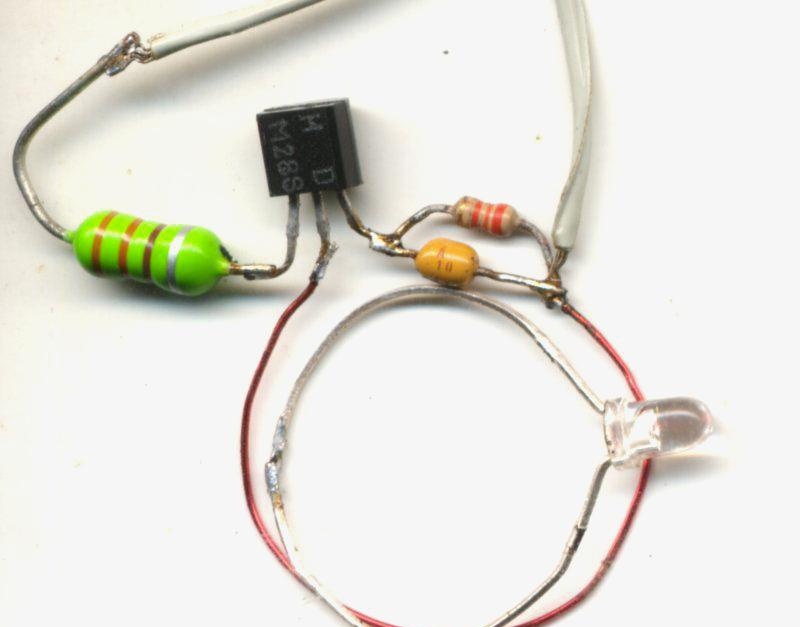
Parts List:
1. Batteries - 6 pcs.
2. One red Light-emitting diode.
3. Transistor, type BF494 or similar.
4. Capacitor 0.1 uF.
5. Resistor 33 kOhm.
6. Inductance 330 μH.
Wires, solder, etc. as needed.
For the inductor loop - any piece of single-core wire, not very thin.
The LED itself
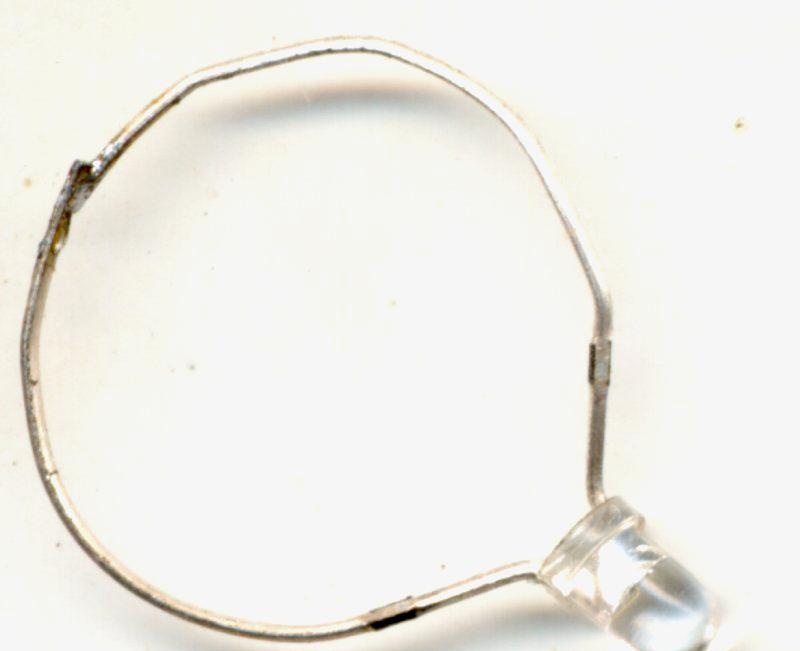
Light-emitting diode will require improvement. Its output needs to be bent into a ring and soldered. All. The receiving indicator of high-frequency radiation is ready.
Making a generator
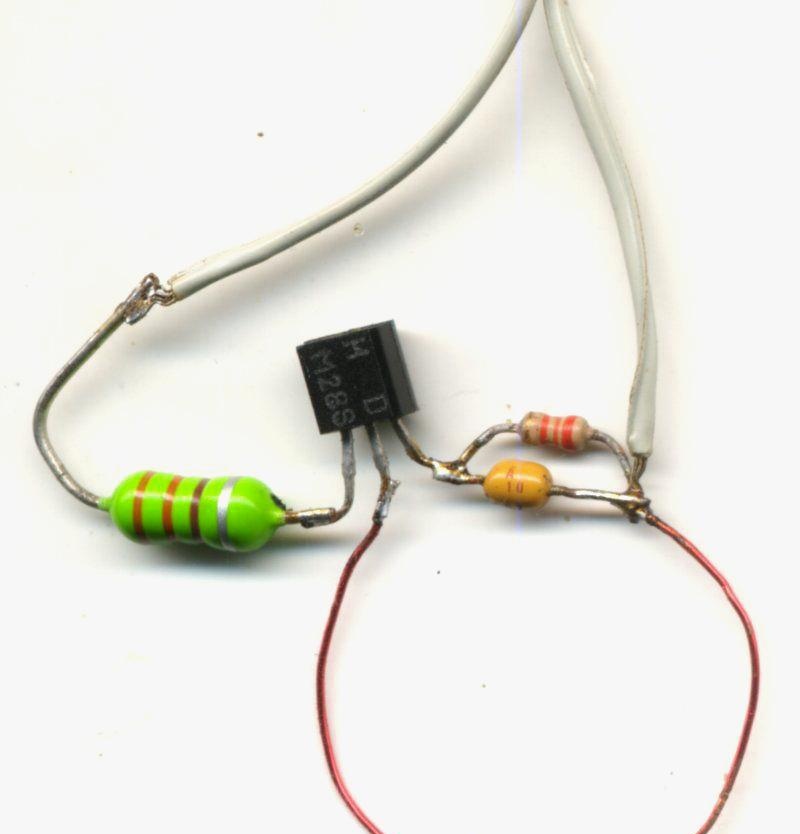
It is very advisable to solder everything as in my drawing.
I also assembled two rings with an LED. One is red, the other is blue. Yes, just in case.
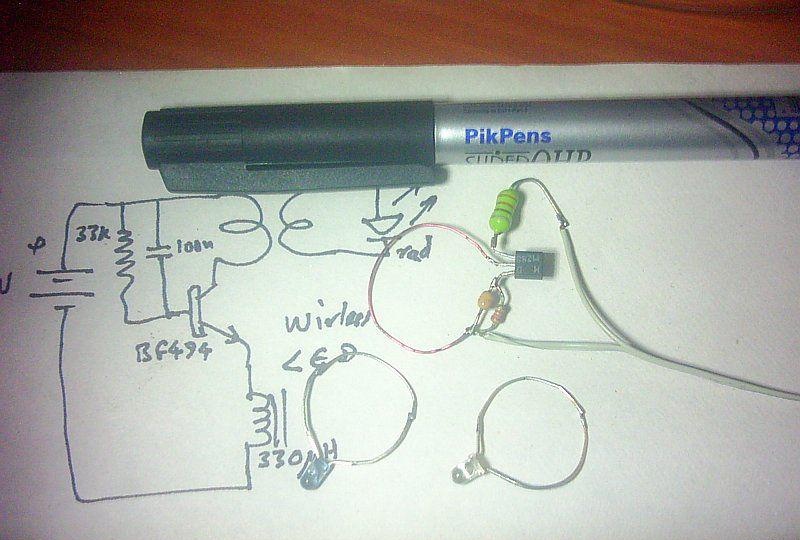
Connect the generator to a power source. And we bring it Light-emitting diode, if it lights up, everything is working.
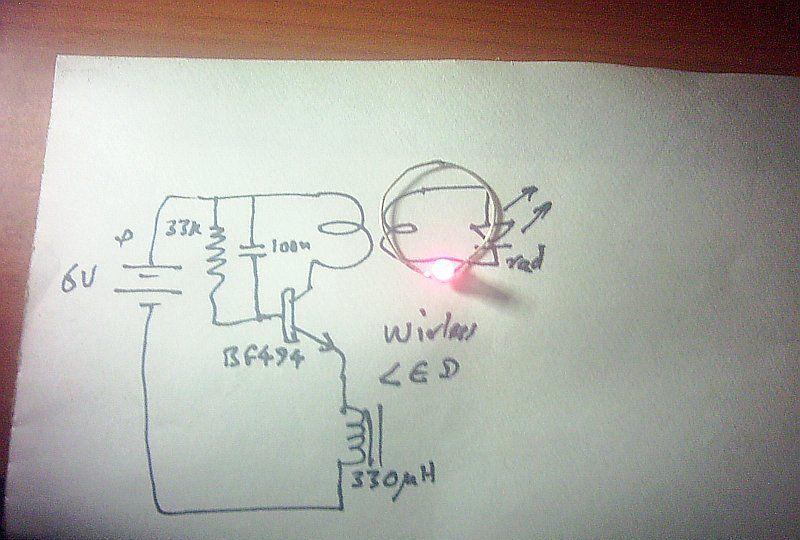
Next, we check the distance at which the LED operates. It will be about a few centimeters.
Now all that remains is to secure the circuit and batteries under the table and surprise your friends with a fun and unusual gift. All the best!
